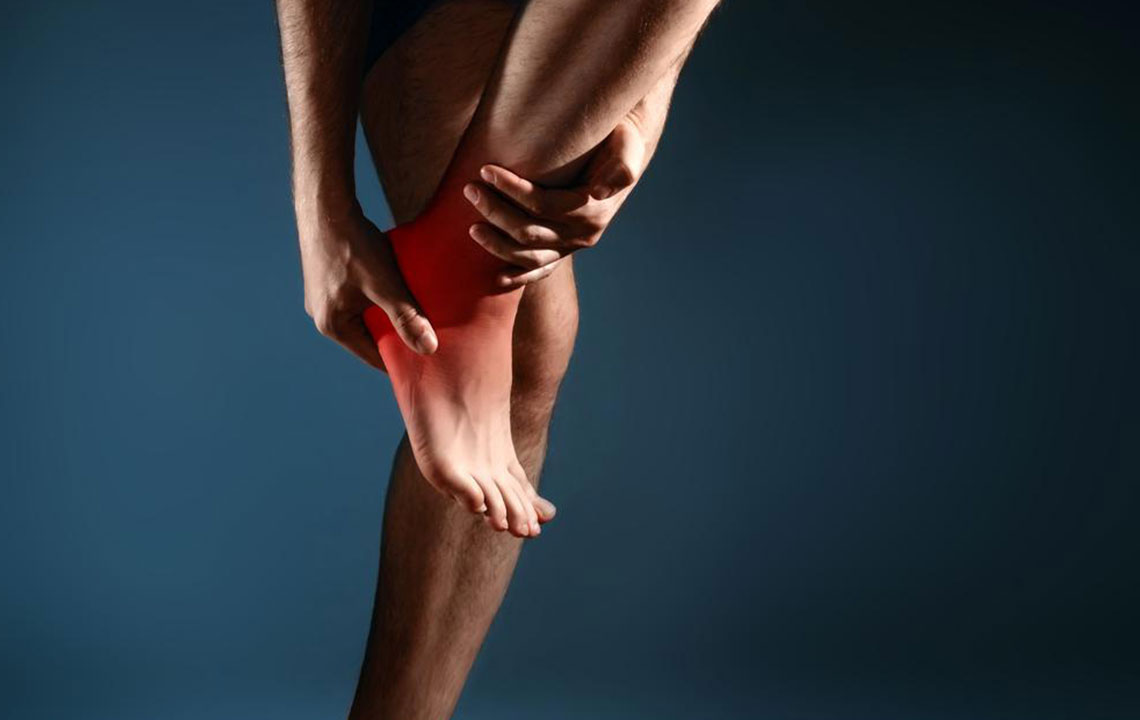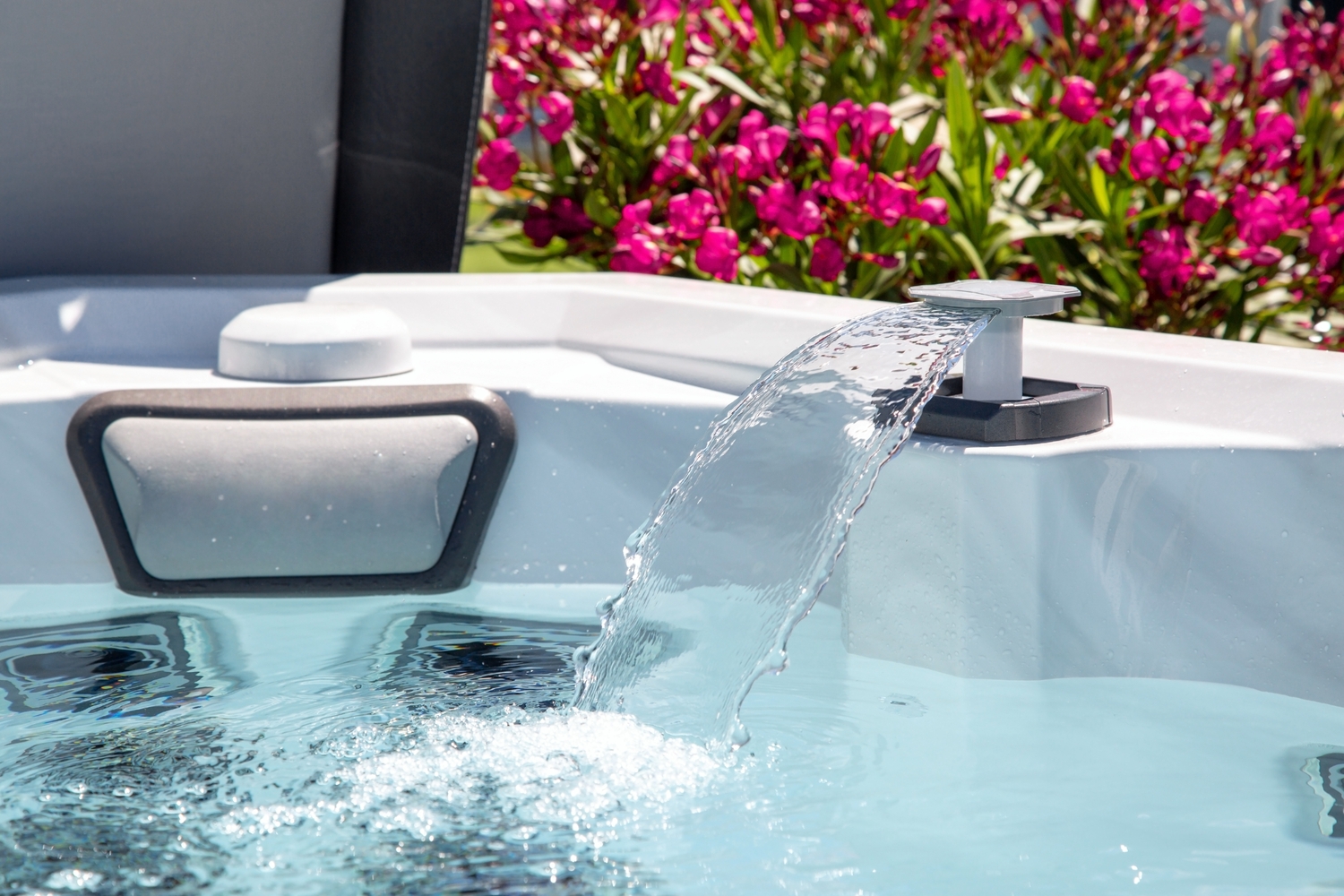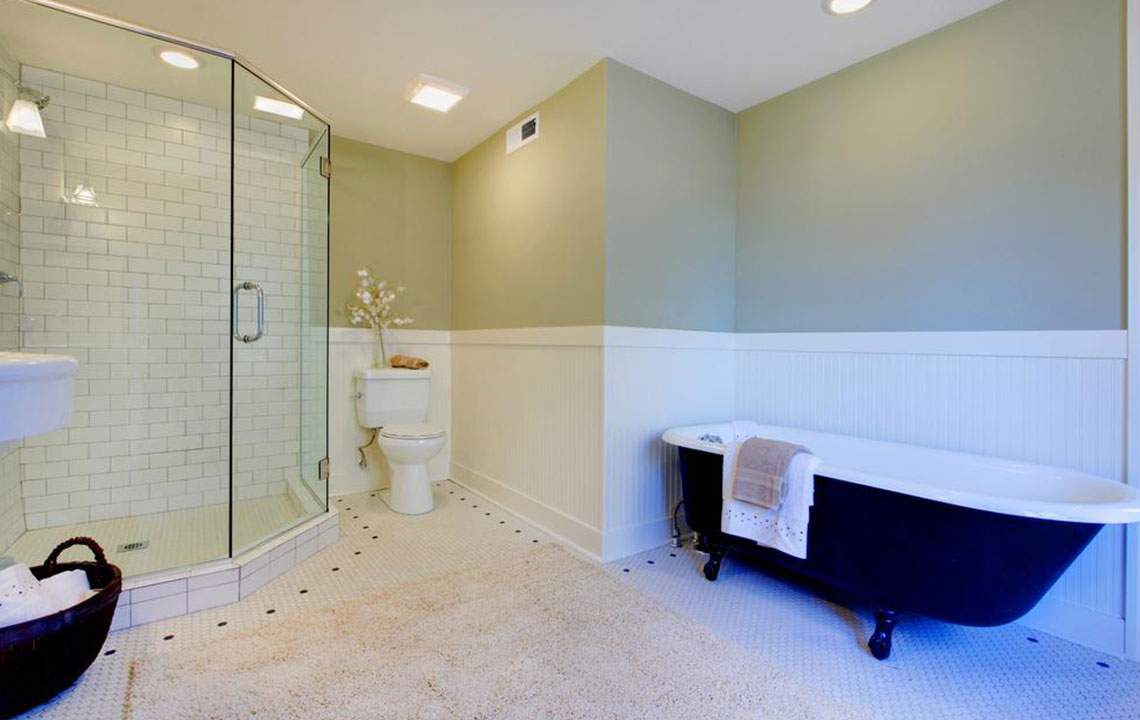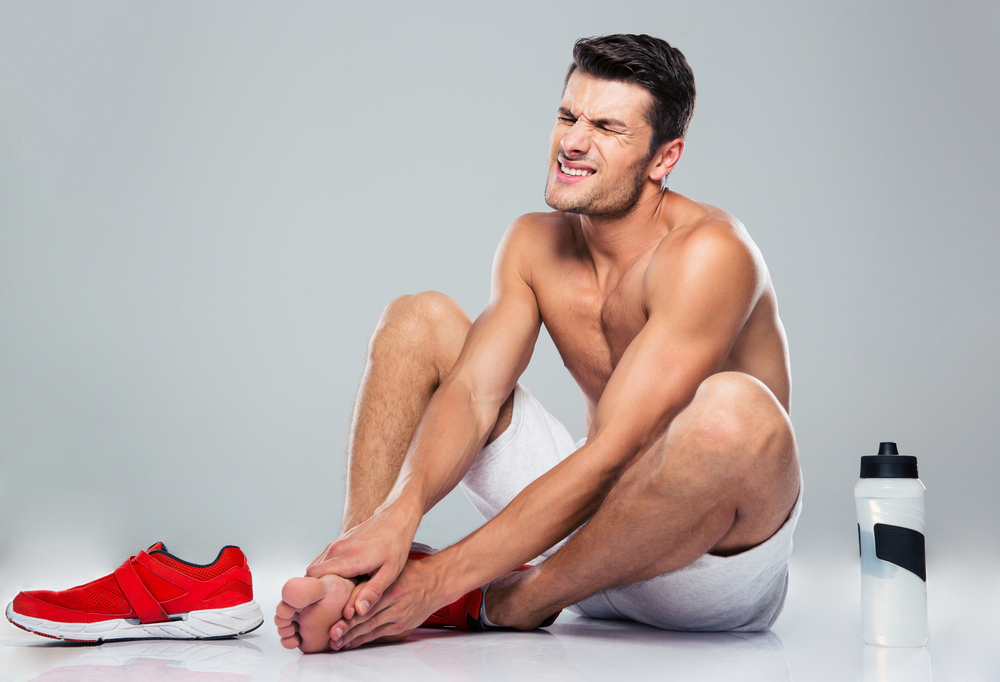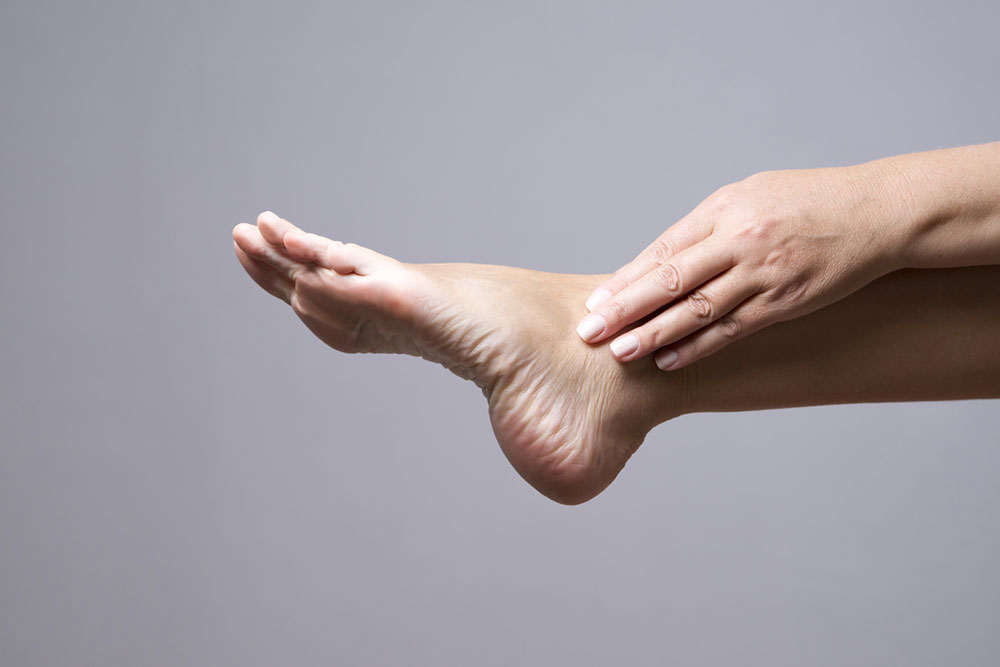Comprehensive Methods to Relieve Foot Discomfort and Promote Healthy Feet
Discover effective and comprehensive methods to relieve foot discomfort, including hydrotherapy, massage, exercises, and heel pain management. This article provides practical tips for maintaining healthy, pain-free feet suitable for all ages. Learn how simple routines can improve circulation, reduce inflammation, and prevent common foot ailments, promoting overall foot health and comfort.
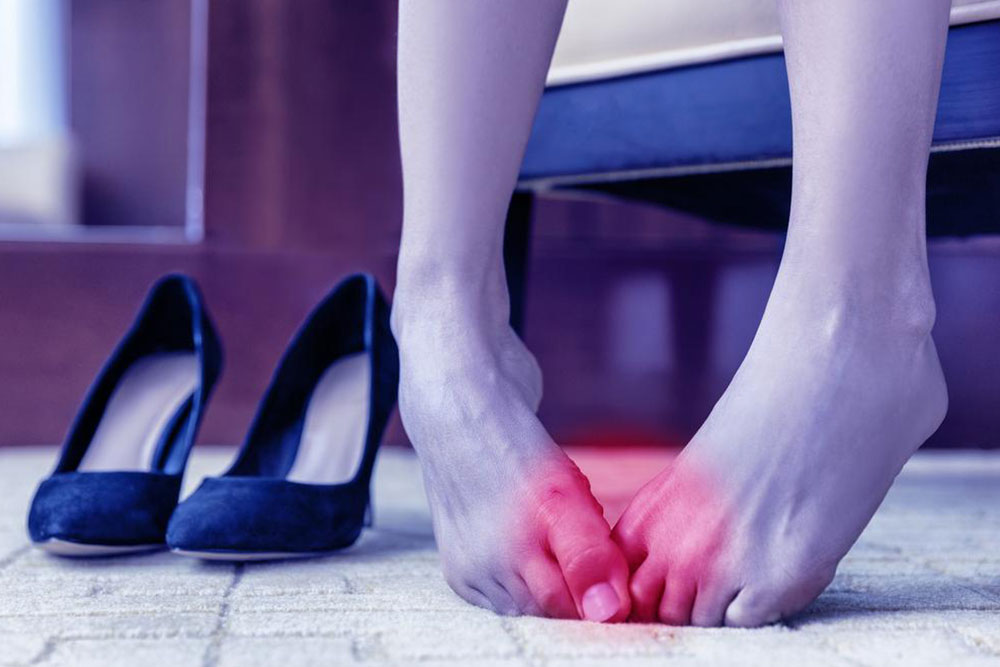
Effective Strategies to Alleviate Foot Pain and Discomfort
Foot discomfort is a common issue affecting many individuals due to various underlying causes such as corns, calluses, ingrown toenails, fungal infections, or even improper footwear. Often, wearing shoes that do not fit properly, are too tight, or lack adequate support can exacerbate these problems, leading to persistent pain, swelling, and even mobility issues. Fortunately, there are numerous practical and accessible methods to help alleviate foot discomfort, improve circulation, and restore comfort. This comprehensive guide explores proven techniques and tips to manage and prevent foot pain effectively, so you can walk comfortably and maintain healthy feet.
Hydrotherapy: An Age-Old Remedy for Foot Soreness and Circulation
Hydrotherapy involves alternating exposure of your feet to hot and cold water, which can significantly improve blood flow, reduce inflammation, and ease soreness. To try this method, gather two basins or tubs — one filled with cold water and the other with warm or hot water. Find a comfortable place to sit, and start by immersing your feet in the cold water for about five minutes. Cold immersion helps reduce inflammation and numb pain. Follow this with a five-minute soak in warm water, which promotes vasodilation and enhances circulation. Repeating this cycle several times can provide substantial relief. For additional benefits, add a few drops of arnica tincture or essential oils like eucalyptus or peppermint to the warm water, which can accelerate healing and provide a soothing aroma.
Hydrotherapy is especially beneficial in reducing swelling, easing muscle tension, and promoting faster recovery from foot fatigue. The alternating constriction and dilation of blood vessels improve overall circulation, which is vital for healing and delivering nutrients to tissues. Besides, it is a simple, cost-effective method suitable for everyone, even those with sensitive skin or circulatory issues. Consistent use can help prevent future discomfort and keep your feet healthy.
Incorporating herbal supplements like arnica tincture into your foot baths can further accelerate relief. Arnica is renowned for its anti-inflammatory properties and can help reduce swelling and pain if added in small amounts to the warm water bath. Always do a patch test before using herbal remedies to ensure no allergic reactions occur.
Massage and Rolling Techniques to Soothe Sore Feet
Regular massage can do wonders in alleviating foot pain and improving mobility. Using specialized foot rollers or massage tools, available at most health stores, can target sore spots effectively. Simply roll your feet over a small ball such as a tennis ball, golf ball, or a dedicated foot massage roller for about five to ten minutes. Focus on areas that feel tight or tender, applying gentle pressure to knead out knots and tension. Warming up your feet with a massage oil made from cloves and sesame oil enhances the relaxing effect and helps relax tense muscles. Gently massaging the arches, heels, and the balls of your feet can alleviate common issues like plantar fasciitis, heel spurs, and general fatigue.
For those with flat feet or fallen arches, custom orthotics or shoe inserts provide additional support and help distribute weight evenly, reducing strain and discomfort. These inserts are easily available at pharmacies or can be prescribed by a podiatrist, tailored to fit your foot's unique shape, providing long-term relief and improving overall foot health.
Foot Exercises to Boost Circulation and Reduce Pain
Staying inactive can contribute to poor circulation and increased foot discomfort. Incorporating simple, regular foot exercises into your daily routine can significantly benefit your foot health. One effective exercise involves wrapping a rubber band around your toes and then spreading your toes outward against the resistance, holding the stretch for a few seconds, then releasing. Repeating this multiple times enhances muscle strength and flexibility. Additionally, toe curls, heel Raises, and ankle rotations are simple movements that stimulate blood flow and prevent stiffness. These exercises are particularly beneficial for individuals who spend long hours standing or walking, as they help reduce fatigue, cramps, and swelling.
Performing these exercises consistently can lead to healthier, more resilient feet. They are easy to perform at home or at work and require minimal equipment, making them an accessible way to maintain foot vitality and prevent discomfort before it becomes a serious issue.
Heel Pain Management for Common Conditions like Plantar Fasciitis
Heel pain is a prevalent complaint among individuals with activities involving weight-bearing, often caused by conditions such as plantar fasciitis, Achilles tendinitis, or heel spurs. The hallmark of plantar fasciitis is inflammation of the plantar fascia — the thick tissue running along the bottom of the foot. Daily stretching exercises are highly effective in alleviating heel pain. One simple but powerful stretch involves standing against a wall, with your hands on the wall and one foot forward. Keeping the back leg straight and pressing the heel into the ground, bend your front knee gently for 15-30 seconds. Repeating this several times daily helps stretch the plantar fascia and calf muscles, reducing tension and inflammation. Another beneficial stretch involves grounding the heels on a step or curb, gently dropping the heels below the level of the toes and holding for a few seconds before raising back up. These stretches improve flexibility, reduce stiffness, and foster healing.
In addition to stretching, wearing supportive shoes with adequate arch support and cushioning can provide immediate relief. Avoid walking barefoot on hard surfaces, which can aggravate symptoms. Using ice packs or applying cold therapy on the heel for 15-minute intervals can further reduce inflammation. For persistent issues, consulting a healthcare professional or podiatrist is recommended to assess the condition and develop a personalized treatment plan, which may include custom orthoses, physical therapy, or other interventions.
Regularly practicing these techniques can significantly decrease foot discomfort, improve mobility, and help maintain your feet’s health over time. Being proactive about foot care and adopting these simple remedies into your routine can lead to sustained comfort and prevent more severe problems.
